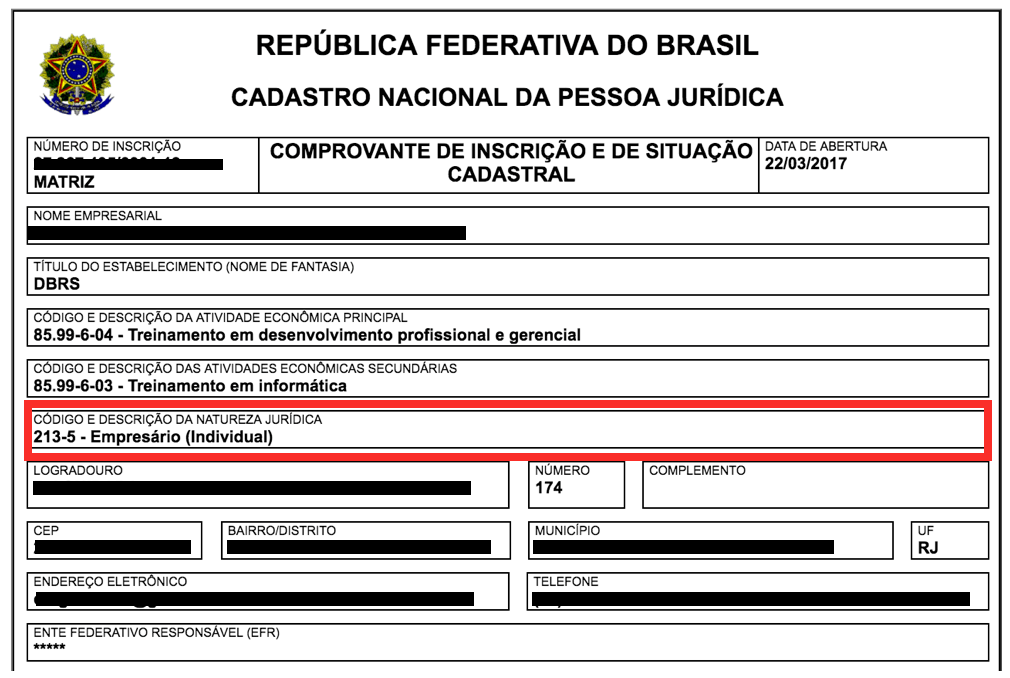In the previous post, you learned how to install RavenDB on your computer, create a database and load sample data. Also, you learned some fundamental concepts about document databases.
Now, you will learn how to write your queries using RQL.
RQL? What is it?
RQL is one of the most exciting features of RavenDB 4. It is a powerful, easy to use and learn, language that we design to make your life simpler.
From the Documentation:
RQL, the Raven Query Language, is a SQL-like language used to retrieve the data from the server when queries are being executed. It is designed to expose the RavenDB query pipeline in a way that is easy to understand, easy to use, and not overwhelming to the user.
The RQL documentation is really good. You should consider reading it.
Getting ready to write queries
It’s time to stop talking and to write some code. So, let’s do that.
- Open the
RavenDB Management Studio(http://localhost:8080 by default. Remember?) - In the left panel, click on
Databases - Open the database we created in the previous post (Northwind, if you followed my recommendation)
- In the left panel, select the
Documentssection. - Click on
Query.
There are other paths to this. I will let you discover it.
You first query
Let’s start easy.
- Assuming you are already in the Query editor (inside the RavenDB Management
Studio). Type the following query.
from Employees
- Click on the
Runbutton.
Yes. You are right. This query returns all the documents inside the Employees collection. I think you got it.
Now, go ahead and try other queries like these. Get all the documents from the Products collection.
Filtering
Getting all documents from a collection is a nice thing but quite useless. Let’s make something more exciting.
from Employees
where FirstName=="Nancy"
Yes! I think you got it. FirstName is the name of one of the properties present
in the documents from the Employees collection.
{
"LastName": "Davolio",
"FirstName": "Nancy",
"Title": "Sales Representative",
"Address": {
"Line1": "507 - 20th Ave. E.rnApt. 2A",
"Line2": null,
"City": "Seattle",
"Region": "WA",
"PostalCode": "98122",
"Country": "USA",
"Location": {
"Latitude": 47.623473,
"Longitude": -122.306009
}
},
"HiredAt": "1992-05-01T00:00:00.0000000",
"Birthday": "1948-12-08T00:00:00.0000000",
"HomePhone": "(206) 555-9857",
"Extension": "5467",
"ReportsTo": "employees/2-A",
"Notes": [
"Education includes a BA in psychology from Colorado State University in 1970. She also completed "The Art of the Cold Call." Nancy is a member of Toastmasters International."
],
"Territories": [
"06897",
"19713"
],
"@metadata": {
"@collection": "Employees",
"@flags": "HasAttachments"
}
}
Shaping the query result
Until now, we are just getting documents. Let’s say we want to shape what we get. Consider the following query.
from Orders
where Lines.Count > 4
select Lines[].ProductName as ProductNames, OrderedAt, ShipTo.City
Again, I am sure you understand what is going on. We are not interested in all data from the Orders documents. So, we are specifying a shape.
One of the results will look like that:
{
"ProductNames": [
"Ikura",
"Gorgonzola Telino",
"Geitost",
"Boston Crab Meat",
"Lakkalikööri"
],
"OrderedAt": "1996-08-05T00:00:00.0000000",
"ShipTo.City": "Cunewalde",
"@metadata": {
"@flags": "HasRevisions",
"@id": "orders/26-A",
"@last-modified": "2018-02-28T11:21:24.1689975Z",
"@change-vector": "A:275-ZzT6GeIVUkewYXBKQ6vJ9g",
"@projection": true,
"@index-score": 1
}
}
We will talk about the metadata in the future.
Using Javascript in the query projections
The last query was nice. But, let’s say you want to do more customization.
from Orders as o
load o.Company as c
select {
Name: c.Name.toLowerCase(),
Country: c.Address.Country,
LinesCount: o.Lines.length
}
RavenDB allows you to use Javascript (Everybody knows the basics of Javascript, right?) when defining projections for the query results.
There is another interesting thing in this query, as you probably noted. The Company field of an Order document contains the ID of another document stored in the database. The load instruction is smart enough to get that document for you, so you can use it to project data as well.
Map and reduce (Oh Yeah!)
Consider the following query:
from Orders
group by Company
where count() > 5
order by count() desc
select count() as Count, key() as Company
What are we doing here? We are grouping the Orders using the Company field as grouping key. So we are adding a filter to get only groups with five documents at least, and then, ordering this groups by the number of elements in descending order. Finally, we are projecting the number of documents per group and the group key.
In “business words” this query results in a list of top buyers companies.
How it works
For a while, you shouldn’t care about our implementation details. But, it’s important to say that we are concerned about performance and we use a bunch of techniques to deliver results as fast as possible (even more!).
All queries in RavenDB are supported by a sophisticated and efficient indexing mechanism. In simple words, we use indexes for all the queries. But, I will explain it with more details in the future.
Last words…
Awesome! Now you know the basics about Querying with RavenDB. It’s easy, right?







